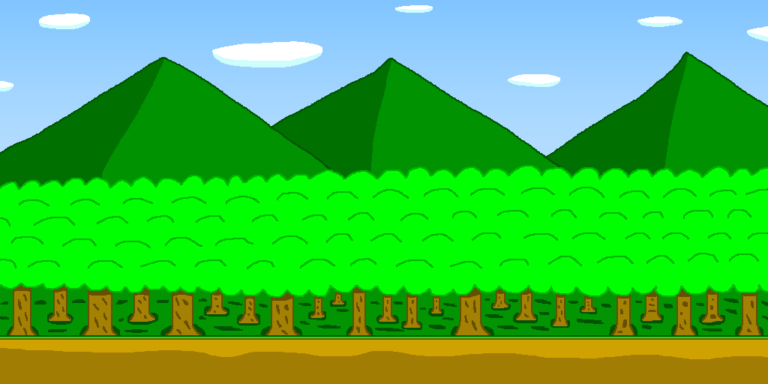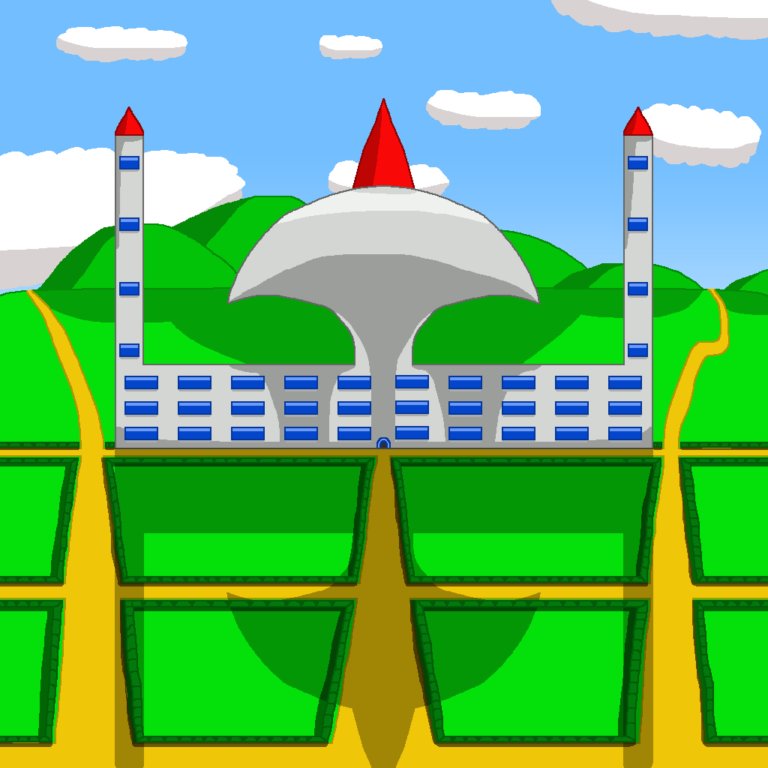Join US
Do you want to build the fantasy world you’ve always dreamed of?
Subscribe to receive notifications when a new post is out and for our monthly newsletter!
You can always unsubscribe anytime.


Have you ever read a book you just couldn’t put down and came across one or more scenes that just didn’t jive at all? Even worse, when you actually got to the end, you found yourself thinking about those scene and you wondered why they were in the book at all since they didn’t contribute to the story whatsoever? They’re known as filler scenes and surprisingly, they’re used not just in books but in all forms of media.
Filler scenes in broad terms are scenes that go nowhere and don’t advance the story in any capacity. They can be slotted anywhere in a story though you want to avoid putting them in the beginning. Doing so can and will weaken the story going forward since they will only confound your readers.
These particular kinds of scenes are not interesting at all. They’re not connected to the ones that precede them nor the ones that come after them. They tend to take readers out of the story which harms their ability to fully immerse themselves into the world you’ve created.
Believe it or not, filler scenes can actually be helpful to the plot, that is if you use them correctly. While they’re simply meant to pad out the narrative, they can still be relevant in other ways. For instance, one can feature two characters who don’t often interact with each other spending a bit of time together which could very well pay off down the road.
You don’t necessarily have to use them in this way. You can opt for an out-of-the-box approach when it comes to including them in your tale. One superb way is to have them actually serve a different purpose than on first glimpse that won’t become readily apparent until later.
This is the twenty-sixth article in the writing a fantasy book series. If you’d like to see the other articles, check out our blog page. It shouldn’t take you long before you find one that catches your eye!
When it comes to making every word in a book relevant to the plot, filler scenes violate that norm. They’re merely fluff and lack substance and have little to no bearing on moving the story forward. They’re just there, taking up valuable space at the expense of the overall plot.
While they don’t advance the plot in any meaningful way, they can be put in in just about any part of a book, even right at the beginning. However, doing so would be most unwise since the beginning does most of the heavy lifting, considering it’s where your audience starts to learn about the characters and places that will play an instrumental role in the tale. The last thing it needs is a scene that stifles the story’s momentum.
A filler scene can be anything you want it to be. It can simply be two characters discussing something that has nothing to do with the story or it can be someone merely taking a stroll in the park for no reason. There’s no set rules on what a filler scene ought to entail.

While it’s advised not to have them at all, if you use them sparingly and in places where the story’s moving at a slow pace, it might be worth using them. The key word being might. As long as they don’t hamper the plot in any capacity, use them but be careful about it.
You definitely want to avoid relying on them too much. Having just a few can be okay but any more than that runs the risk of your readers thinking that your story is shallow and you’re deliberately stretching it out to jack up the word count. Doing so will hurt your tale and make it more likely your audience will put your book away and not read it again.
You might be thinking to yourself, maybe I shouldn’t use them if they’ll only wind up hurting my story. Only you can make that decision for yourself but we just looked at the bad side. Up next, we take a look at how they can actually be meaningful to the plot.
Just like with any tool you use, it has its pros and cons and the same is true of filler scenes. Ideally you’d like to use them strategically in places that work the best for them but did you know that if you use them in the right way, they help make the story better and in unexpected ways?
One great way to use them is to test out ideas and concepts you’re mulling over but are unsure whether you want to include them or not. These could be potential storylines that bring a mixture of both new and old characters or taking an already-existing plot-line and refashioning it into something else. If you wind up choosing to not use them or save them for a future novel, you can simply repurpose what you already wrote and have it as a dead-end, for the time being.

Characters have differing levels of chemistry with others. Some get along really well and some hate each other on first sight. You can use filler scenes to gauge how two characters that usually don’t appear together fare with each other. A chemistry test, if you will. Putting them together enables you to see if it’s worth pursuing having them be in more scenes together or not. In the chance you decide not to, you can still use what you wrote since it won’t hurt your story.
Another way to incorporate filler scenes is to have your characters socializing with each other. While what they talk about isn’t relevant to the story, nevertheless they learn something about each other that might help strengthen their friendship. This will help pave the way for future scenes they’re in that become relevant to the plot.
Filler scenes can also be used for lighthearted moments that have no bearing on the story. It could be a character playing a prank on another one or causing some mischief of some kind. While they don’t advance the plot, the audience gets some levity in an otherwise serious tale.
On first glance, filler scenes have no impact on the story whatsoever. However, that doesn’t mean you should leave them out of your novel. While you can use them in the story, you can give them a different purpose, one that takes a while to pay off.
What kind of different purpose might that be, you wonder? Before we dive into that, first think about what a scene entails. It’s a stage in which something transpires that moves the story forward, whether it be a conversation or traveling through a dangerous area.
And what do filler scenes do? They don’t affect the plot, regardless of what happens in them. This is where you have to think outside of the box. What if you turned the concept of these scenes on their heads? You can make them contribute to the plot but you don’t want to make it obvious. You’ll have to do some crafty writing to make it work.

You could devise such a scene that seems to serve no function the first time someone reads it but leave a little nugget somewhere that actually turns out to be important down the road. Let’s use an example. Suppose you have a scene where two people are sitting at a tavern, telling each other the latest news and the information isn’t germane to the overall plot.
First-time readers will simply gloss over it but they failed to notice that you wrote that someone was watching them from afar. You can use the fact that taverns are busy and customers look at each other to cover up the fact that someone was keeping an eye on the two characters. As it turns out, the person watching them was in fact working for the villain.
Do you see how by adding a detail easily overlooked can make a filler scene actually part of the story? Just a little throwaway line changes the whole thing. This is why filler scenes can be great to place plot-specific devices since they’re so easily dismissed since they don’t help move the tale along and can help lay the foundation for plot twists or other key scenes.
Even though they appear in all forms of media, filler scenes are disliked and for good reason. They bring the story to a grinding halt which violates the rule that the plot must always be moving forward. They only serve to frustrate readers who’ve been enjoying the story thus far since they add nothing of value.
However, they aren’t entirely bad. One great advantage is that they can be put in pretty much anywhere in the story. Nevertheless, you still want to exercise some caution as to where because you don’t want to place one where you’re in the middle of some major plot-related scenes since doing so will significantly hurt the pace and bamboozle your audience.
The beauty of these scenes is that you’re free to do whatever you want with them as long as they’re not story-related. You can use them for some character bonding or mundane tasks like shopping for supplies at a local store. This gives your readers a glance at a different side of your characters that might not necessarily be important down the road but make them feel more well-rounded.
Or if you’d like, you can have them serve a different purpose, one actually pertinent to the plot. Doing so will take your readers by surprise since it’s something they won’t expect. All you have to do is put a little detail, one easily overlooked, that becomes important to the story later on but in hindsight, it makes perfect sense.
Filler scenes can be a powerful tool but only if you use them in the right way. They can help you but beware, they can also hurt you so tread carefully when bringing them into your novel.
Let me know what you think in the comments below. (Note: this is an account-exclusive feature).
If you don’t have one, you can register here. It only takes a few moments of your time!
Liked this article and want to subscribe? All you have to do is fill out the form below and that’s it!
Thanks for reading this and until the next time,
Sunfire
Subscribing means you receive:
You can always unsubscribe anytime.
Do you want to build the fantasy world you’ve always dreamed of?
Subscribe to receive notifications when a new post is out and for our monthly newsletter!
You can always unsubscribe anytime.